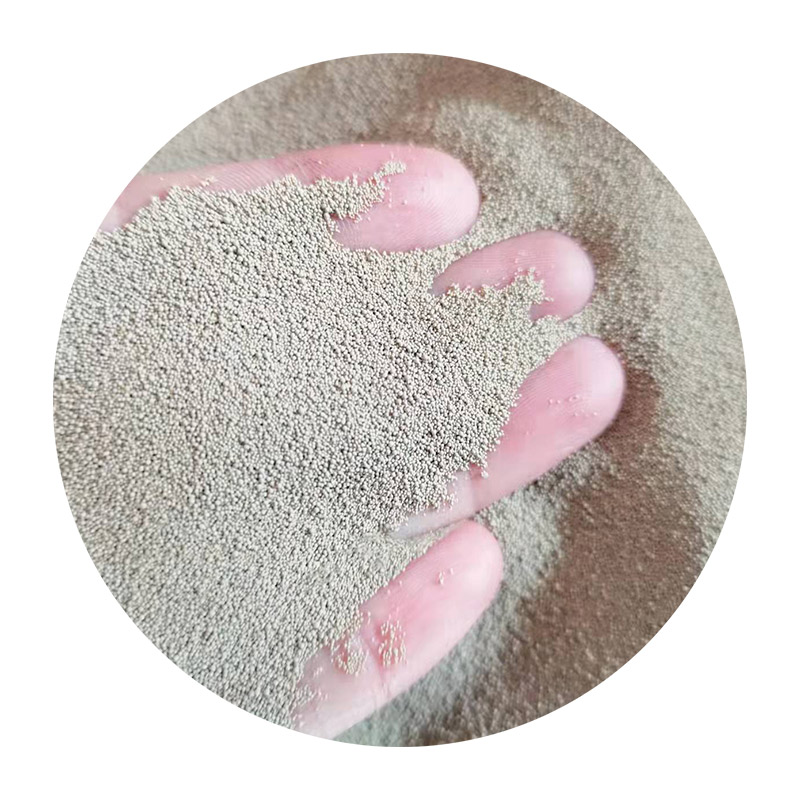The Artistry and Science of Sand Casting
Sand casting, one of the oldest and most versatile metal casting processes, continues to be a cornerstone in modern manufacturing. This method relies on the unique properties of sand, particularly its ability to retain shape while being surprisingly pliable when mixed with the right binders. The history of sand casting dates back thousands of years, with evidence of its use in ancient Egypt and China, where artisans crafted intricate metal items and tools.
At the crux of sand casting lies the creation of a mold. The process begins with the amalgamation of sand and a binding material, often clay or resin. This mixture is packed tightly around a model or pattern representing the object to be produced. The pattern is typically made of a material that can withstand the heat of molten metal, such as metal or plastic. Once the sand mixture is sufficiently compacted, the pattern is removed, leaving behind a cavity that mirrors the desired final product's shape.
One of the key advantages of sand casting is its adaptability to produce both small and large components
. Manufacturers can create everything from tiny gears to massive engine blocks using this method. Additionally, the process accommodates a wide range of metals, including aluminum, iron, and bronze, making it an ideal choice for diverse industries such as automotive, aerospace, and artistic sculpture production.After the mold is prepared, the next step involves pouring molten metal into the cavity. This phase requires precision, as the temperature and flow rate of the molten metal significantly affect the quality of the final product. It must be poured swiftly yet carefully to avoid defects like air pockets or inclusions. Cooling time can vary based on the size and thickness of the casting, and patience is essential to ensuring the metal solidifies correctly, maintaining its structural integrity.
sand cast

Once the metal has cooled and solidified, the next stage is demolding. This involves breaking away the sand mold to reveal the cast item. While the initial product may display some rough edges due to the nature of the sand, these can be refined through various finishing processes such as grinding, machining, or polishing. Such post-casting treatments are crucial in ensuring the final product meets the required specifications and quality standards.
Another significant benefit of sand casting is its economic viability. The materials required are generally inexpensive, and the process can be scaled up or down depending on production needs. Moreover, sand molds can be reused multiple times, which adds to cost savings and reduces waste. This environmental aspect has become increasingly important in today’s manufacturing landscape, where sustainability is often a priority for companies.
Despite the rise of newer casting methods, such as investment casting and die casting, sand casting remains relevant due to its simplicity and effectiveness, especially for low to medium production runs. Innovations in material science and technology continue to enhance sand casting processes, leading to improved mold properties and casting quality.
In conclusion, sand casting embodies a unique blend of artistry and engineering. It is a testament to human ingenuity that spans cultures and centuries. As industries evolve and new technologies emerge, sand casting will likely continue to adapt, ensuring its place in the world of manufacturing for years to come. Whether it be for functional components or artistic expressions, the captivating world of sand casting holds a promise of creativity limited only by the imaginations of those who wield it.
Post time:Aug . 16, 2024 16:57
Next:Exploring the Uses and Benefits of Foundry Sand in Metal Casting Industry
